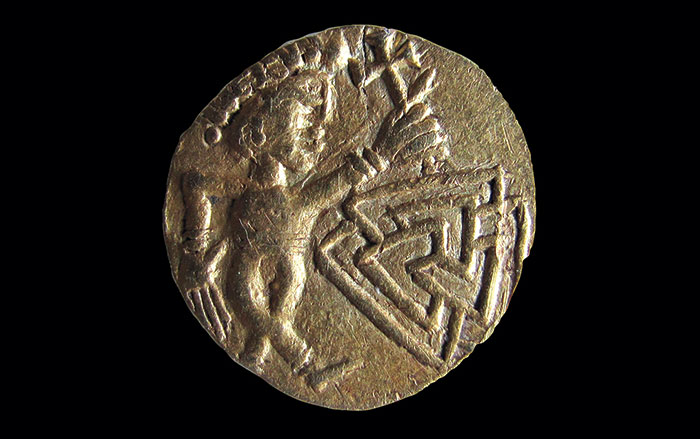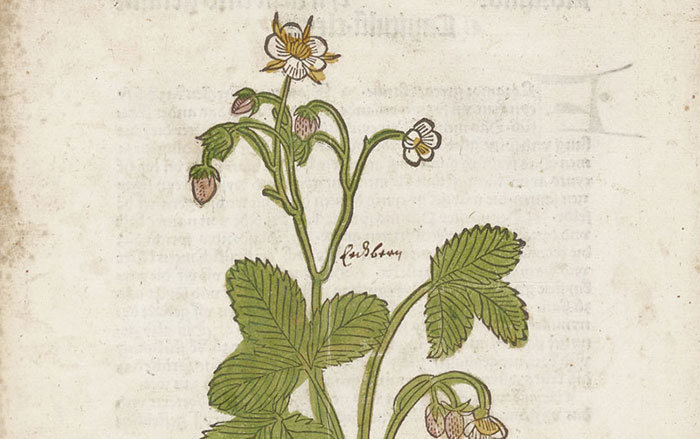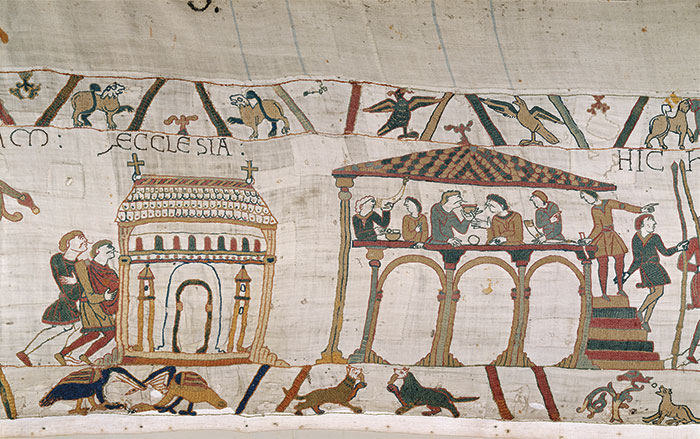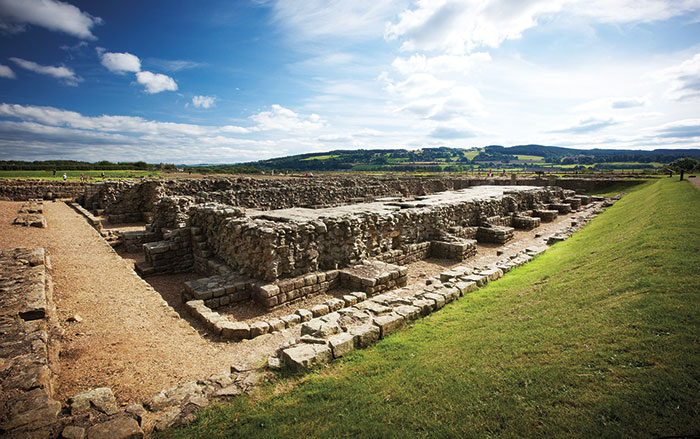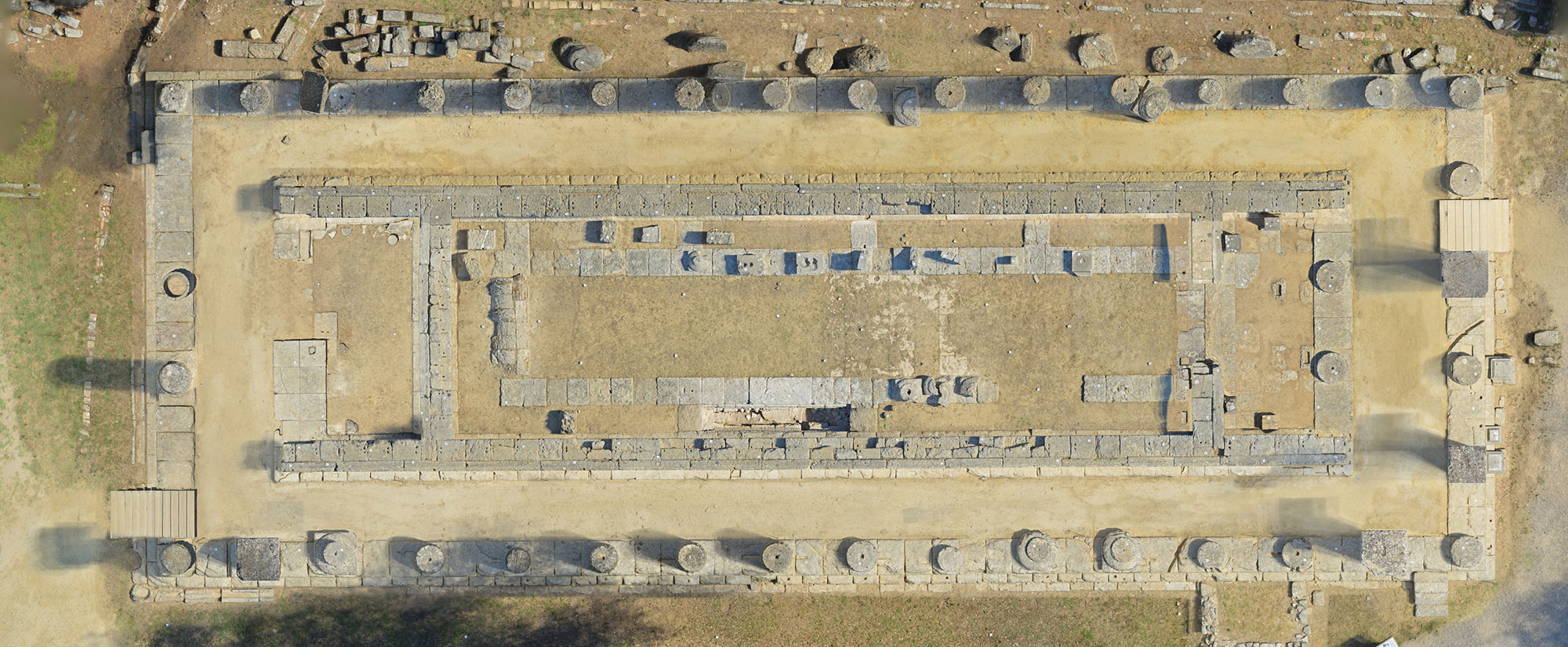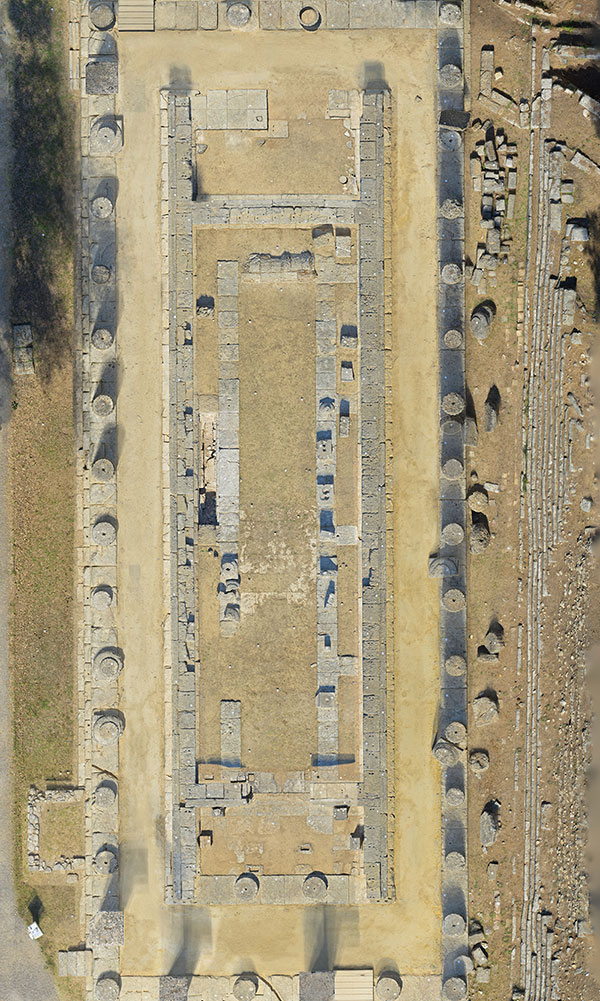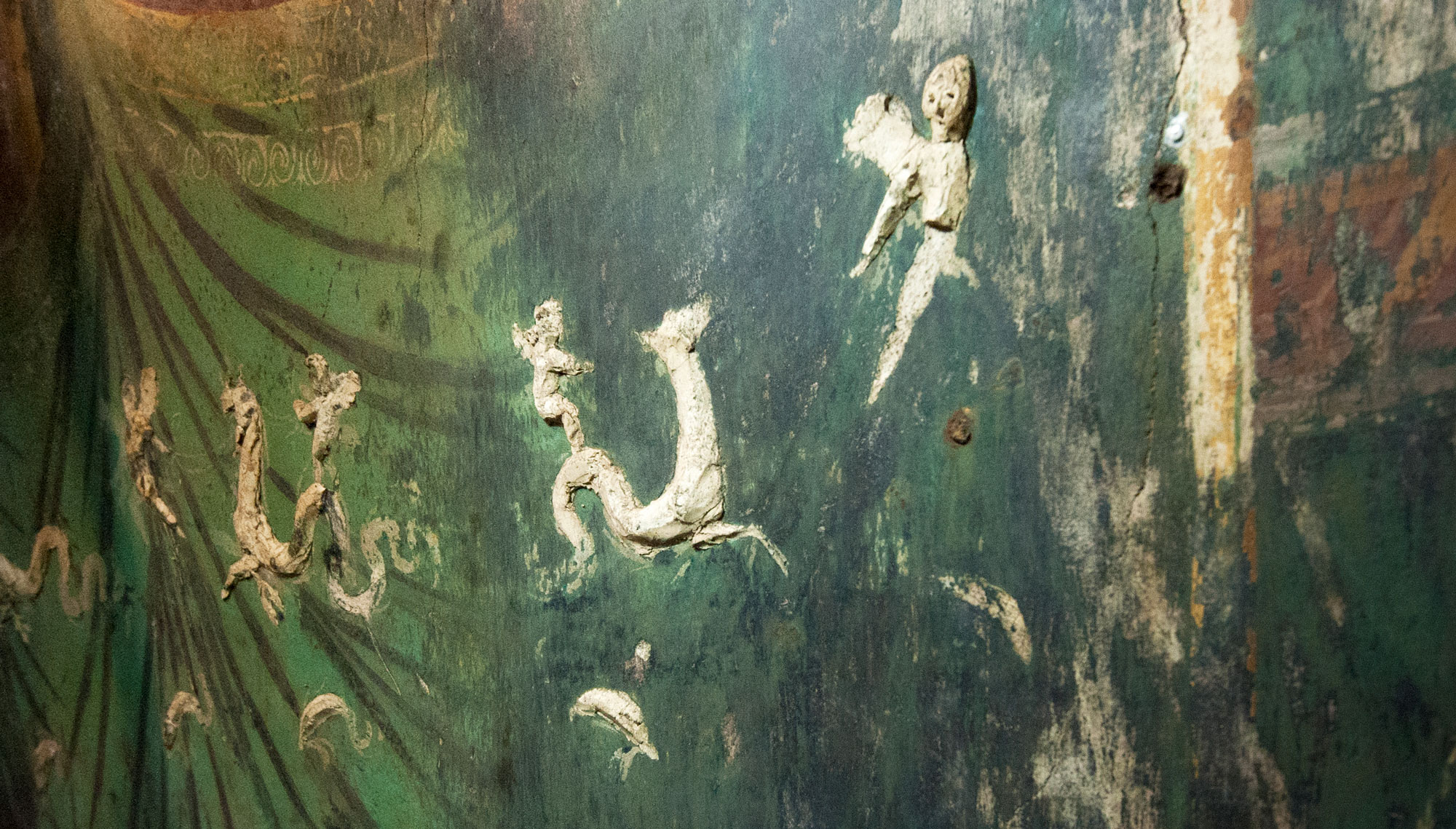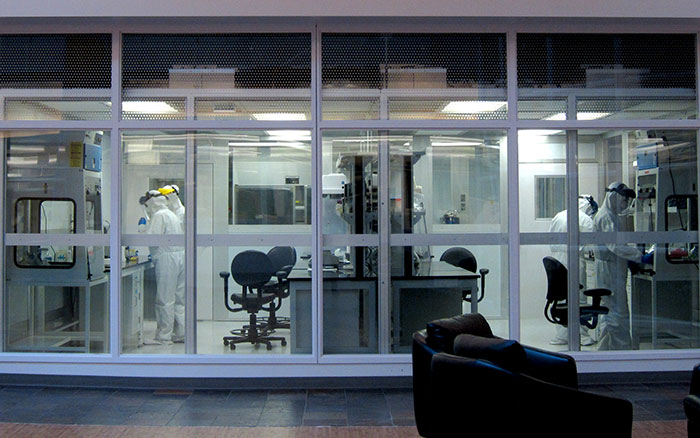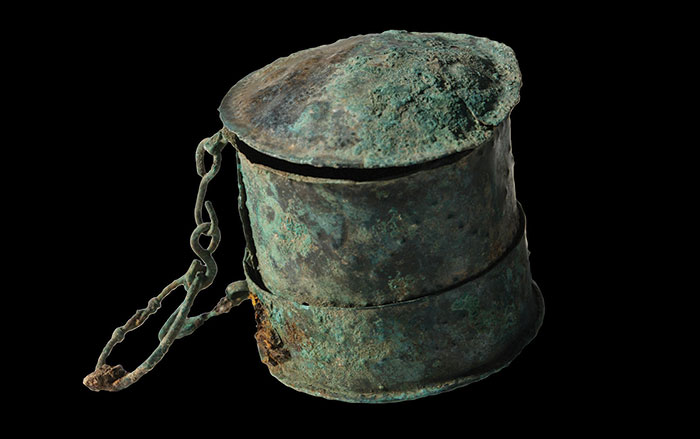
ABERDEEN, SCOTLAND—BBC News reports that high-definition images of a medieval illuminated manuscript that once belonged to Henry VIII have revealed previously unknown marks on its pages. Art historian Jane Geddes of the University of Aberdeen said that the marks in the margins of the Aberdeen Bestiary indicate that it had not been finished and “tidied up” by the monks who created it for a wealthy individual, as had been thought. Rather, the marks suggest that the book was part of a monastery library. Sketches have been found in the margins, and prick marks on many of the images may have been made when illustrations were transferred to another copy. Some of the marks on the pages provide a guide to pronunciation for reading aloud. And, there are dirty finger marks on the bottom corners of the pages from turning them, and finger marks on the top center margins, perhaps made when turning the book around to show the illustrations to listeners. It is now thought that the manuscript could have been seized by Henry VIII during the dissolution of the monasteries between 1536 and 1541, rather than created for one of his ancestors. To read about one of Henry VIII's warships, go to “Mary Rose and Vasa.”


